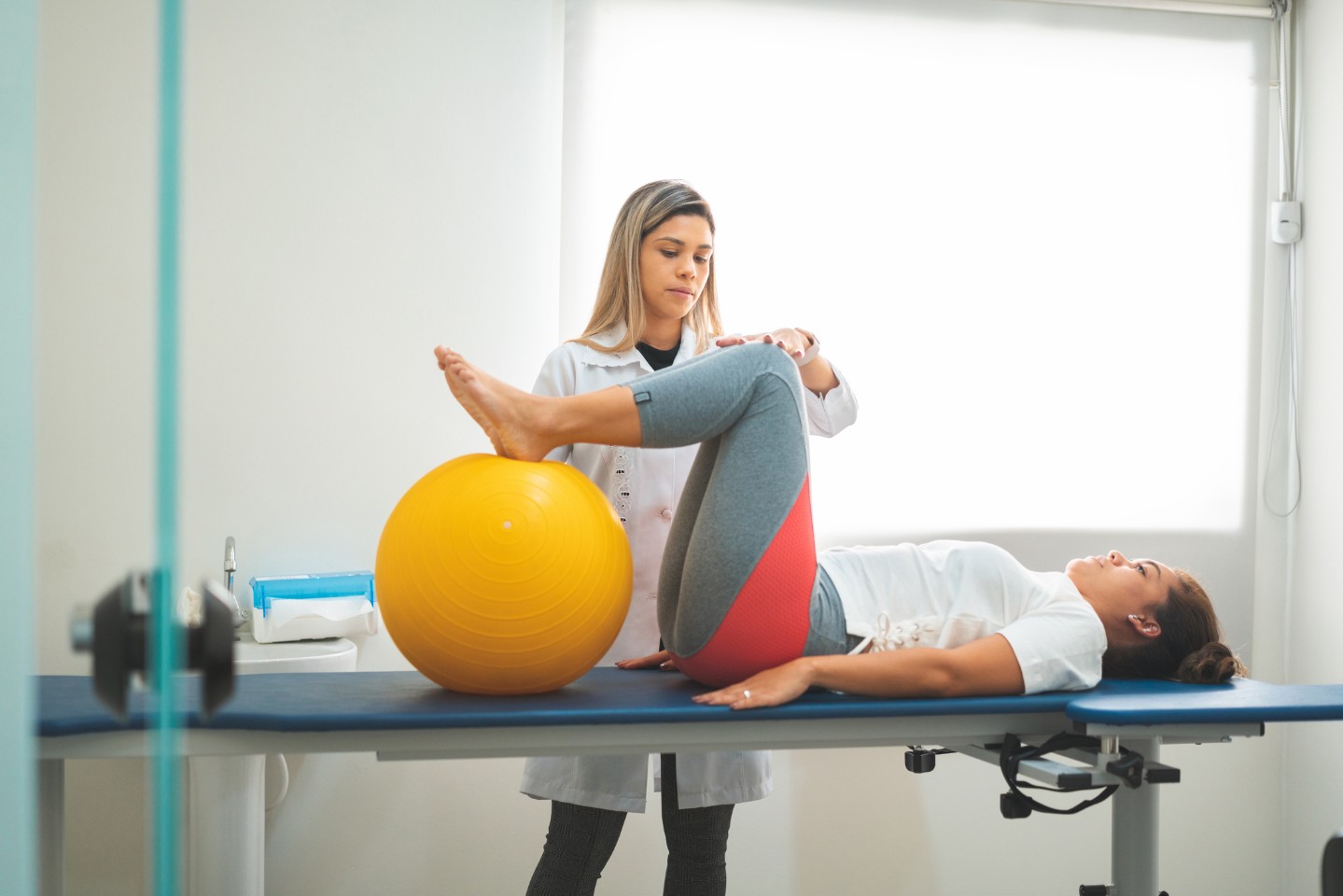Strength Training: Why it is Important for Moms
NOV 05, 2025Progressive overload means consistently challenging your muscles to do a little bit more than they're used to.
Read More
Endometriosis is a chronic condition that affects about 10% of women worldwide (World Health Organization, 2023). It is characterized by the endometrium (lining of the uterus) growing outside the uterus and on surrounding pelvic organs, such as the ovaries, fallopian tubes and sometimes even outside the pelvic organs. This misplaced tissue can cause significant pain, inflammation and scar tissue formation. Some of the common symptoms of endometriosis include:
Endometriosis can significantly impact one’s quality of life, but a well-rounded approach with various strategies can help to manage the condition:
In women with endometriosis, pelvic pain often leads to pelvic floor dysfunction where muscles become overly tight or weak, contributing to other symptoms. A qualified pelvic floor therapist can help to identify the causes of pelvic floor dysfunction and treat the symptoms accordingly. Some of the interventions in pelvic floor physical therapy include:
Overall, research and clinic experience have shown that pelvic floor physical therapy can offer benefits for women with endometriosis (Awad et al, 2017).
While endometriosis is a complex and challenging condition, incorporating pelvic floor physical therapy into the overall treatment plan can help significantly with pain management (Mansfield, 2022). By addressing underlying pelvic floor dysfunction, pelvic floor physical therapy offers a non-invasive approach to reducing pain and improving quality of life as part of a well-rounded treatment plan. A qualified pelvic floor physical therapist can help women with endometriosis determine the best course of action to address your symptoms. You can reach out to our Pelvic Health Navigator at (402) 717-7358 or visit our website for more information.
References
World Health Organization. (2023, March 23). Endometriosis. World Health Organization. https://www.who.int/news-room/fact-sheets/detail/endometriosis. Accessed May 20, 2024
Awad E, Ahmed HAH, Yousef A, Abbas R. Efficacy of exercise on pelvic pain and posture associated with endometriosis: within subject design. J Phys Ther Sci. 2017 Dec;29(12):2112-2115. doi: 10.1589/jpts.29.2112. Epub 2017 Dec 7. PMID: 29643586; PMCID: PMC5890212.
Mansfield C., Lenobel D., McCracken K, Hewitt G, Appiah LC (2022). Impact of pelvic floor physical therapy on function in adolescents and young adults with biopsy-confirmed endometriosis at a tertiary children's hospital: A case series. Journal of Pediatric and Adolescent Gynecology, Volume 35, Issue 6, (Pages 722-727). https://doi.org/10.1016/j.jpag.2022.07.004.

Progressive overload means consistently challenging your muscles to do a little bit more than they're used to.
Read More
A Nurse Practitioner answers your essential mammogram questions. Understand timing, prep, the procedure, callbacks, and financial options.
Read More
Radiotherapy is a finely tuned, powerful partner that can work with your surgery to give you the best possible outcome for breast cancer.
Read MoreWhen you need local health information from a trusted source, turn to the CHI Health Better You eNewsletter.